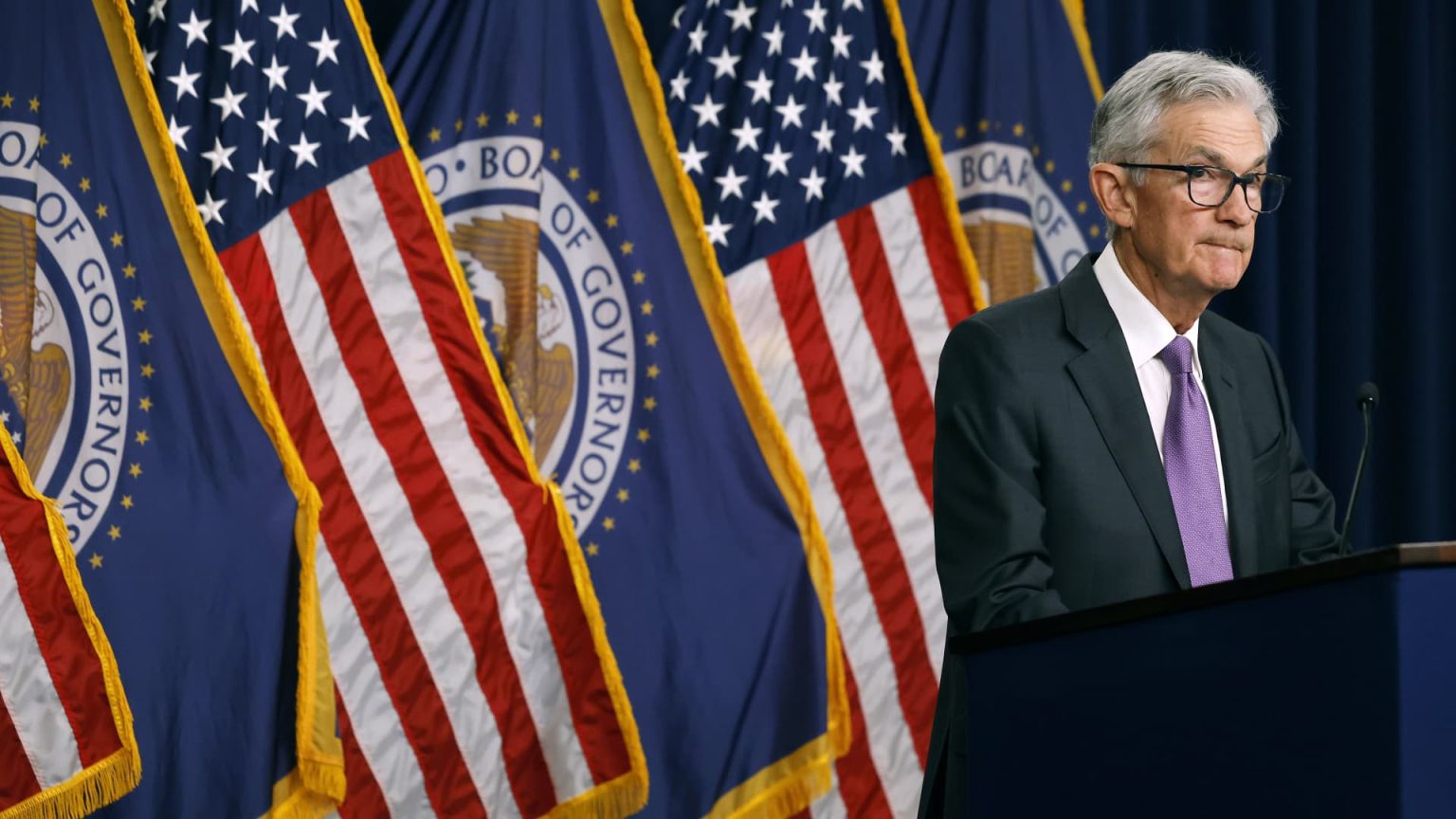Steven Blitz, chief U.S. economist at TS Lombard, believes that markets will continue to rally even if the Federal Reserve chooses not to cut interest rates this year. The Fed left interest rates unchanged for the fifth consecutive time last week, maintaining its benchmark overnight borrowing rate in a range between 5.25%-5.5%. Despite this decision, the Fed still expects three quarter-percentage point cuts by the end of the year, fueling a market rally in the U.S. and overseas with benchmark indexes reaching record highs. Blitz suggests that the market view on interest rate cuts is evolving, and the Fed should let the markets adapt naturally rather than imposing its views.
While some traders are pricing in a 55% chance of a first Fed rate cut in June, down from nearly 70% the previous week, Blitz remains optimistic about the market outlook. He believes that the economy is diverse, with certain regions and industries performing better than others, contributing to overall market growth. Blitz acknowledges that there will always be leaders and laggards in the market but sees no reason for the equity market to decline. He notes that the equity investor’s role is to identify areas of value and growth within the market, despite potential uncertainties in specific sectors.
Federal Reserve Governor Christopher Waller stated that there was “no rush” to cut interest rates to normalize policy, citing recent inflation data as a reason to maintain the current rate. Atlanta Federal Reserve bank President Raphael Bostic also adjusted his rate cut projections down to one quarter-point cut this year. Despite potential pressure to cut rates, Blitz believes that the Fed should proceed cautiously to avoid making hasty decisions that could have negative repercussions on the economy. He suggests that a rate cut after June could have political implications, especially with the upcoming presidential election in November.
Blitz emphasizes that the Fed’s decision to cut rates should be based on economic indicators rather than political considerations. He highlights the challenges that the Fed may face if they choose to cut rates due to lower inflation, particularly in an election year. This could create optics that the Fed is attempting to influence the election outcome, potentially complicating their decision-making process. Blitz suggests that the Fed may have a narrow window for rate cuts, with June being a critical timeline for any potential adjustments to monetary policy. He cautions that delaying rate cuts beyond this point could limit the Fed’s ability to respond effectively to economic changes.
Overall, Blitz remains confident in the market’s ability to respond positively even if the Fed decides not to cut interest rates this year. He believes that the diverse nature of the U.S. economy, combined with investor resilience and adaptability, will contribute to sustained market growth. While uncertainties and evolving economic conditions may pose challenges, Blitz underscores the importance of allowing markets to naturally adjust to changing circumstances rather than imposing abrupt changes. By closely monitoring economic data and Fed signals, investors can navigate market fluctuations and make informed decisions to capitalize on potential opportunities.


